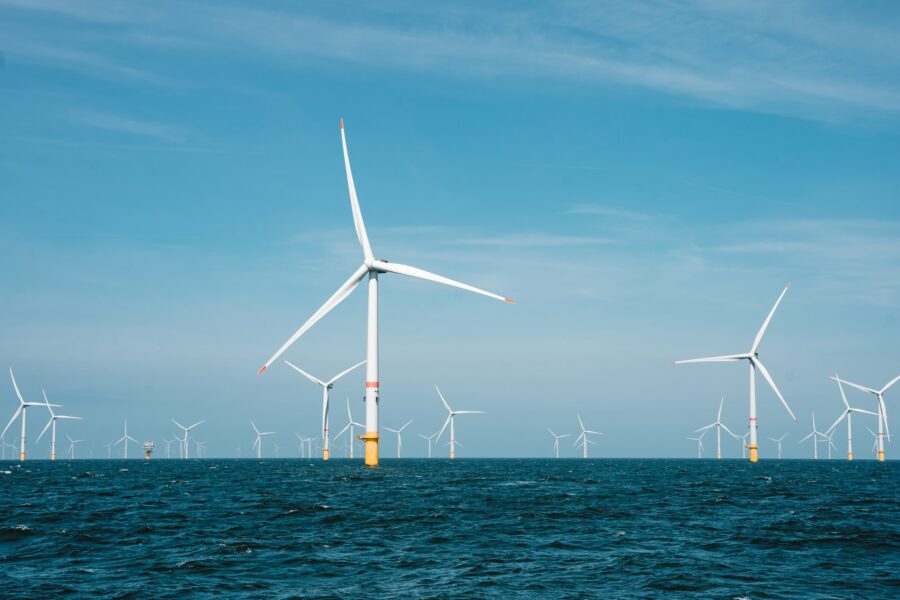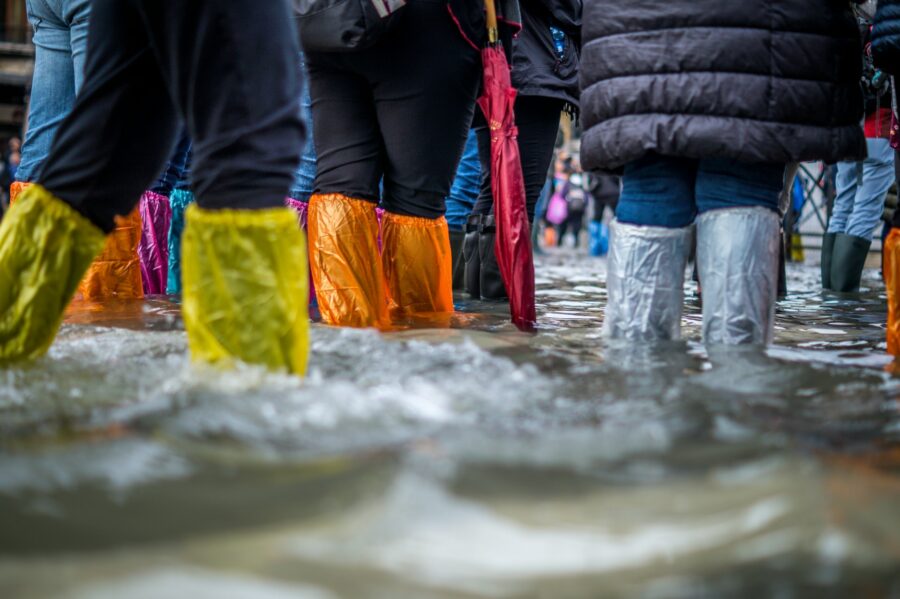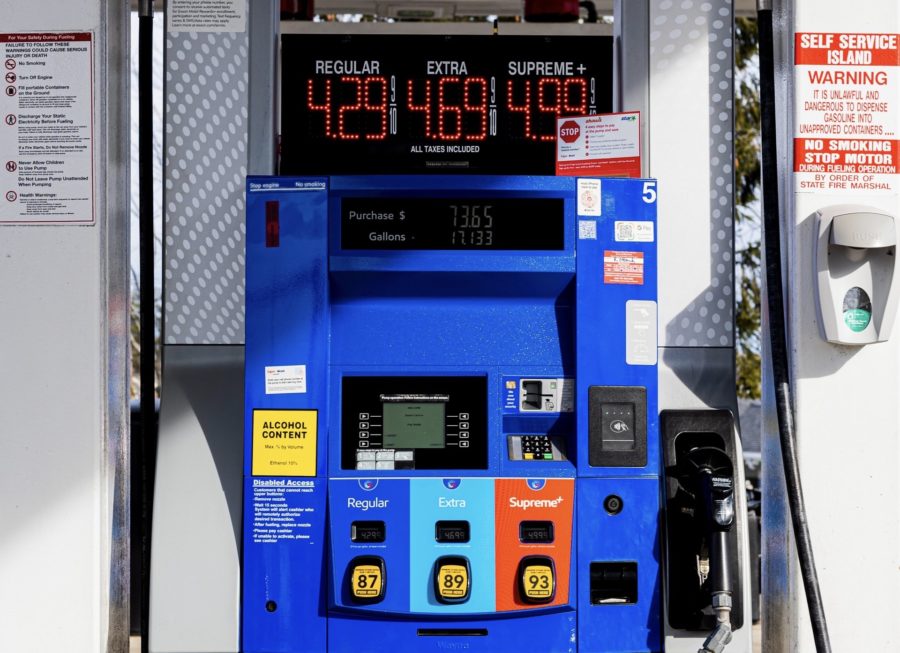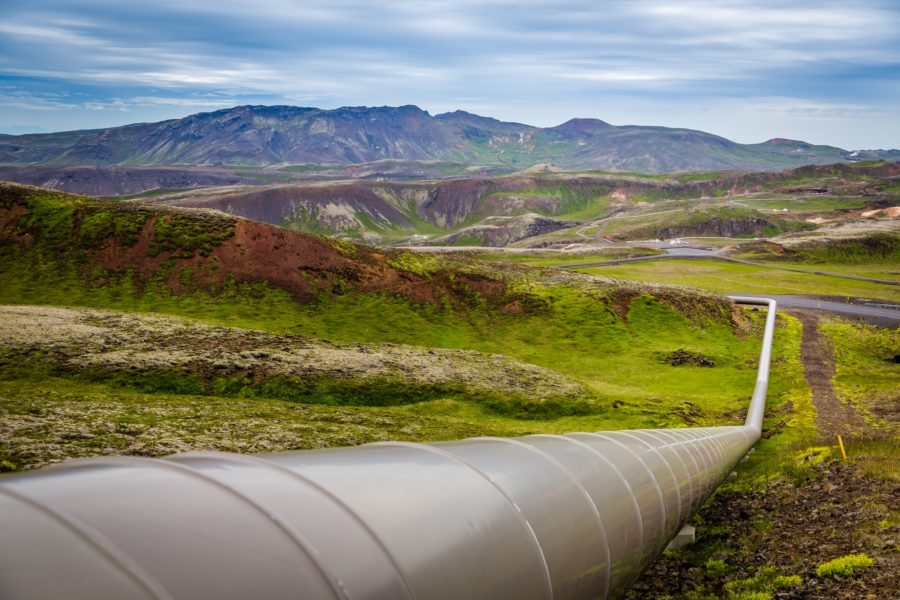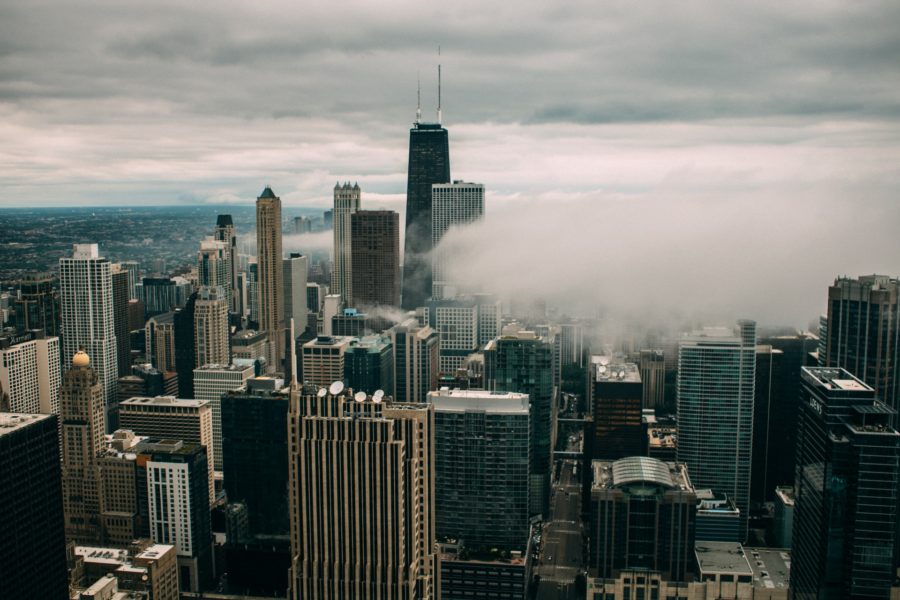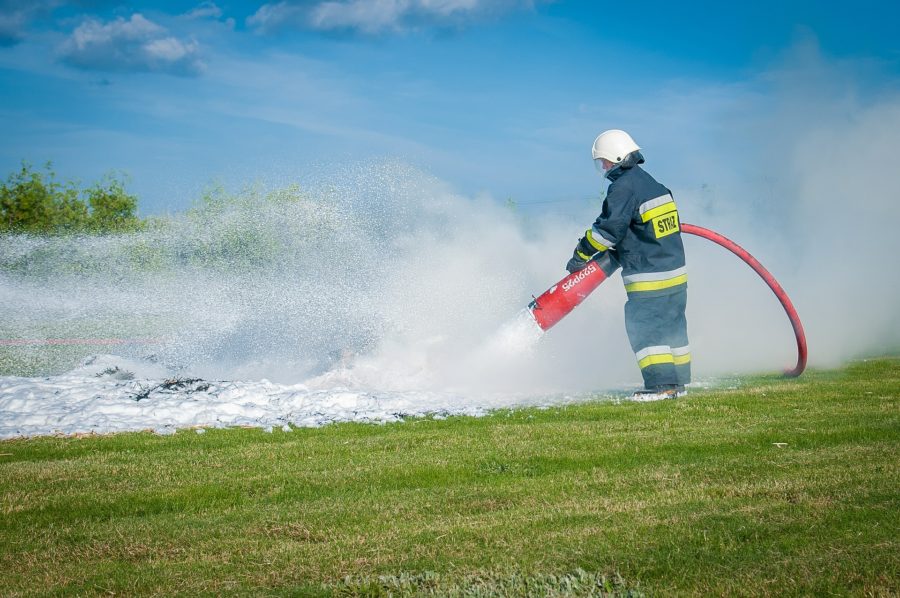By: Joseph Garza
From Rust Belt to Green Belt
Illinois lawmakers’ proposal to transform Chicago into a powerhouse of offshore wind energy production faces a critical legal challenge in the public trust doctrine. This proposal marks an important step for Illinois as it transitions from fossil fuels towards a future based in renewables.[1] HB4543, dubbed the Rust Belt to Green Belt Pilot Program Act (the Act), aims to bring offshore wind to Chicago in the most equitable way possible. The Act plans to focus new jobs created by this development to the south side of the city, whose workforce had once been heavily involved in the now-abandoned steel industry.[2] This goal is especially important in a city dealing with a troubling past devoid of environmental justice for marginalized communities.[3] With the Act going through its public participation stage, it is important to address one of its largest areas of opposition: the public trust doctrine.

